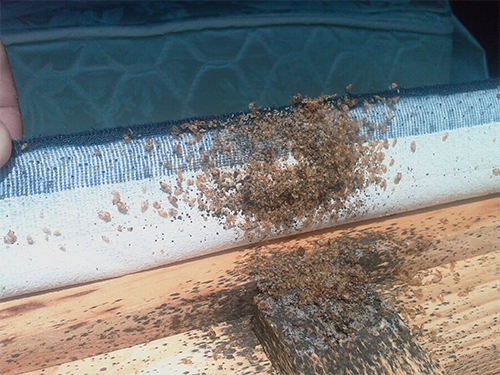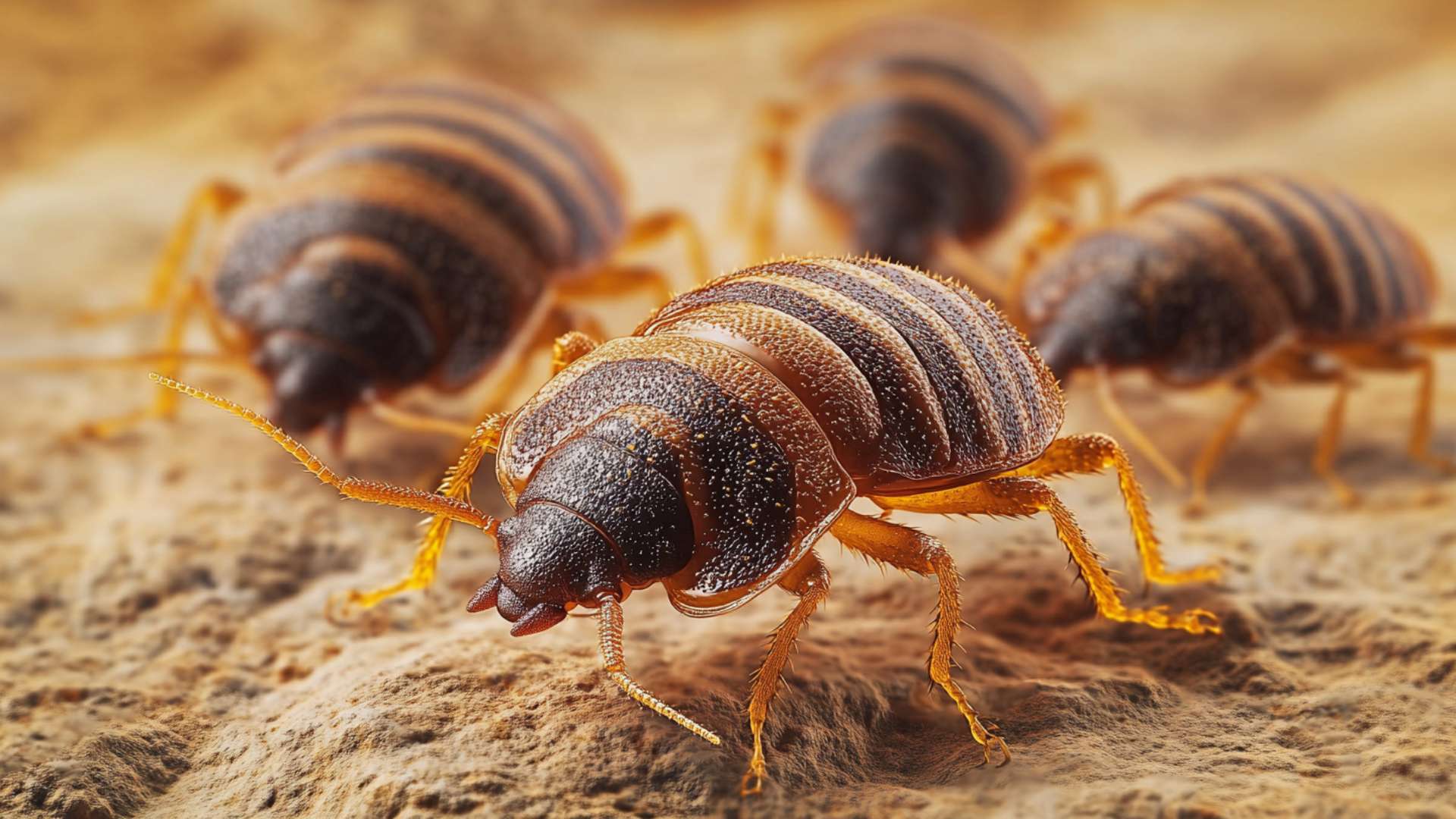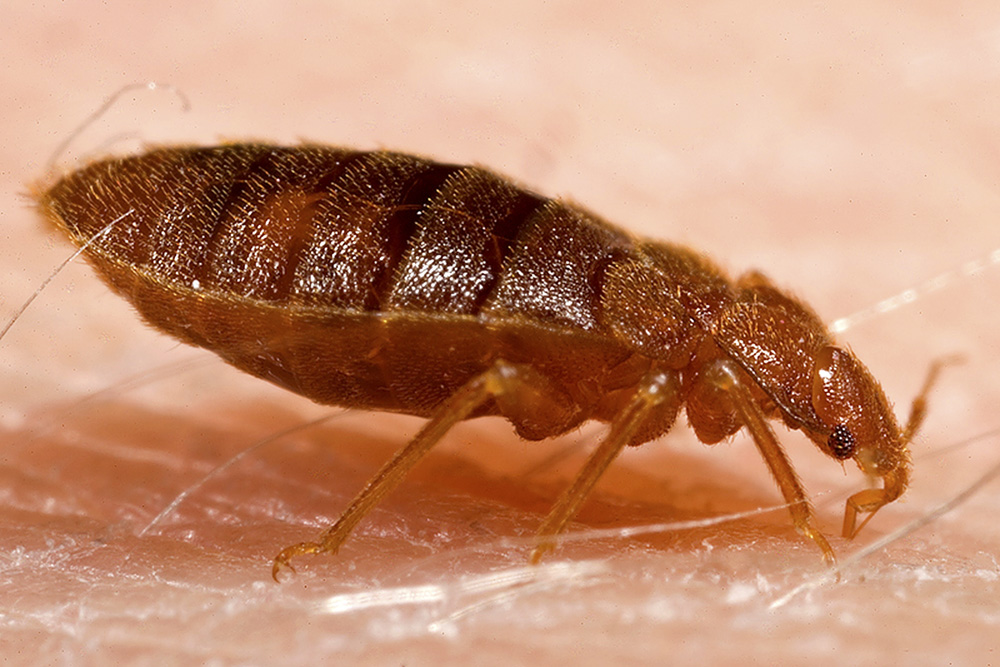Comprehensive Kings Bug Control Services Cincinnati OH
Comprehensive Kings Bug Control Services Cincinnati OH
Blog Article
Kinds Of Pest Control: Which Method Is Right for Your Invasion?
When confronted with a pest infestation, the choice of an appropriate method for insect control is critical in effectively managing the situation. From chemical treatments to biological options, there exists an array of approaches that can be employed to address different kinds of pests. Each technique comes with its own set of considerations and benefits, making the decision-making process a nuanced one. Understanding the nuances of each approach and evaluating their compatibility with the specific pest infestation at hand is important for achieving long-term success in pest monitoring. By discovering the numerous sorts of bug control techniques offered, individuals can make informed choices customized to their special situations, guaranteeing a more lasting and reliable outcome in parasite elimination.
Chemical Insect Control
Chemical parasite control includes using synthetic or normally derived chemicals to take care of and eliminate pest populaces efficiently. This approach is typically made use of in agriculture, forestry, and household settings to deal with a variety of insects, consisting of rodents, weeds, and bugs. Making use of chemical pesticides can offer fast and targeted solutions to pest infestations, making it a popular option for many individuals and services.
Among the key advantages of chemical parasite control is its ability to quickly get rid of parasites, decreasing the danger of damages to plants, residential property, and human wellness. By utilizing certain chemicals that target certain parasites, this method can efficiently manage problems while decreasing harm to advantageous organisms and the atmosphere when used appropriately.
Nonetheless, making use of chemical pest control also raises issues about potential unfavorable impacts on non-target types, water sources, and human health and wellness. It is vital to comply with security standards, use chemicals properly, and think about alternate insect control techniques to reduce these dangers and guarantee sustainable insect management practices.
Biological Parasite Control
Organic bug control, likewise understood as biocontrol, utilizes living organisms to take care of and decrease insect populations naturally. This approach uses the power of nature to manage bugs without the need for synthetic chemicals. Biocontrol can involve the intro of all-natural opponents of the insect varieties, such as virus, killers, or parasites, to reduce pest populaces. By utilizing the pest's natural killers or microorganisms, biological parasite control provides a lasting and environmentally pleasant service to pest monitoring.

Mechanical Insect Control
Using hands-on and physical techniques to manage pest populations, mechanical parasite control supplies a different strategy that does not depend on the usage of living organisms or synthetic chemicals. This method entails making use of obstacles, traps, or other tools to literally discourage or eliminate pests. By obstructing bug entrance points or establishing traps to catch them, mechanical parasite control can successfully minimize problems without presenting chemicals right into the environment.
One usual instance of mechanical insect control is the usage of mesh displays on doors and windows to avoid insects from getting in structures. This easy yet reliable technique acts as a physical obstacle, keeping parasites out while enabling proper air flow. Additionally, tools like mousetraps, fly swatters, and ultrasonic repellents fall under the mechanical parasite control classification.
While mechanical pest control techniques can be labor-intensive and require routine monitoring and upkeep, they offer a lasting and environmentally pleasant service for taking care of insect problems. By combining various mechanical techniques, homeowner can develop a comprehensive bug control strategy that reduces dependence on chemical pesticides.
Physical Pest Control

Some usual physical bug control techniques include using obstacles such as nets or displays to avoid parasite entrance, traps to capture and get rid of bugs, and hand-picking to physically remove parasites from plants or frameworks. Furthermore, techniques like warmth therapies can be used to regulate bugs like bed insects by raising the temperature level to levels that are lethal to the pests.
Physical this content parasite control is especially helpful in integrated bug administration (IPM) strategies, where numerous insect control methods are integrated for website link effective parasite administration while minimizing making use of chemicals. By utilizing physical parasite control methods, people can efficiently address bug infestations with very little environmental effect.
Integrated Pest Administration
When implementing physical bug control methods as part of parasite administration approaches, Integrated Insect Monitoring (IPM) emerges as a detailed approach that leverages different strategies to efficiently regulate pest populations. IPM concentrates on lasting avoidance of insects with a mix of biological, cultural, physical, and chemical devices customized to specific bug concerns. By integrating multiple control techniques, IPM intends to minimize the dangers connected with parasites while also minimizing dependence on chemical solutions.
One key element of IPM is the focus on surveillance and assessing pest populations to identify the most proper control approaches. This aggressive method permits early treatment and targeted techniques, causing extra efficient pest management. Furthermore, IPM promotes ecologically friendly methods by prioritizing non-chemical control techniques and only utilizing pesticides as a last hope.
Conclusion

By using the bug's all-natural killers or pathogens, biological bug control supplies a environmentally friendly and sustainable solution to pest management. - Kings Bed bug exterminator Cincinnati
Making use of manual and physical methods to handle insect populations, mechanical insect control uses an alternate strategy that does not count on the usage of living microorganisms or artificial chemicals.An efficient technique to taking care of bug populaces without depending on chemical or organic techniques includes the use of physical pest control techniques.When implementing physical pest control approaches as component of bug monitoring methods, Integrated Bug Administration (IPM) emerges as a comprehensive approach that leverages numerous strategies to successfully manage pest populations. Chemical pest control entails the usage of chemicals, biological pest control utilizes all-natural predators, mechanical pest click now control entails physical barriers, physical pest control includes capturing or eliminating insects, and incorporated pest monitoring incorporates multiple approaches for a holistic approach to pest control.
Report this page